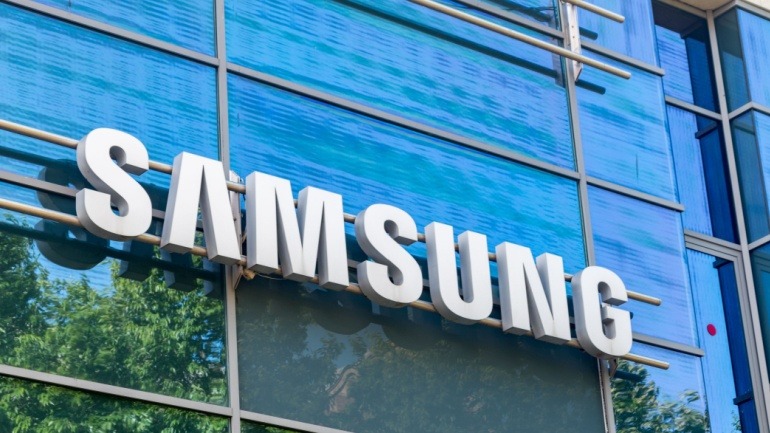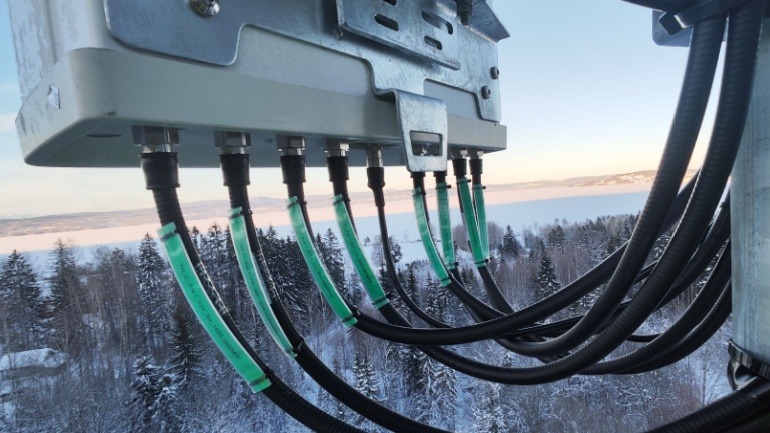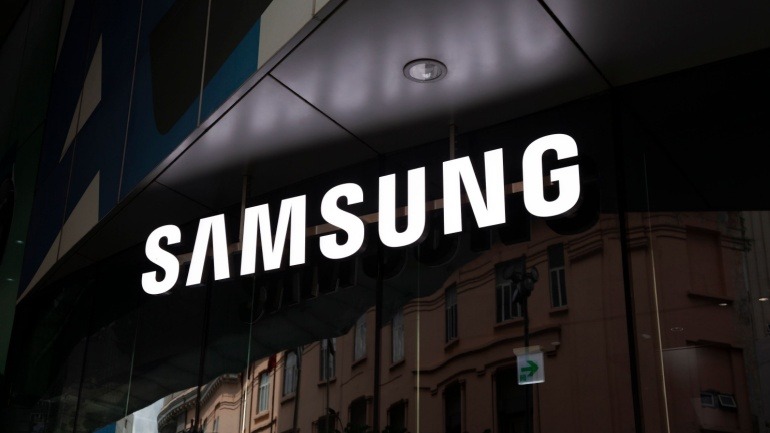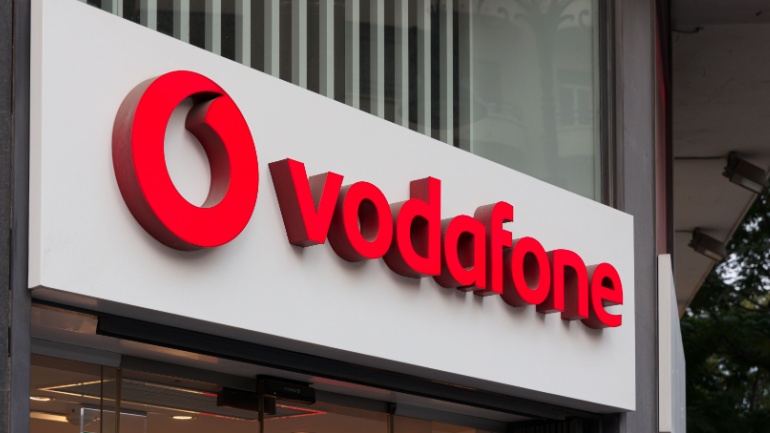SaskTel’s integration of Samsung’s cloud-native virtualized core revolutionizes its network infrastructure for a seamless transition to 5G. This innovative approach enhances agility, network efficiency, and automation, aligning SaskTel with the future of telecom. As SaskTel prepares for 5G standalone, expect remarkable improvements in speed and service delivery.
The radio access network market is stabilizing, offering a promising outlook after past downturns. While the RAN growth remains steady, the mobile core network shows impressive gains, especially with 5G developments. Companies like Ericsson and Nokia are key players, advancing telecom infrastructure with innovative VoIP solutions, paving the way for future growth.
The Radio Access Network market continues to thrive in 2025, with key players like Huawei, Ericsson, Nokia, ZTE, and Samsung steering the industry forward. The RAN sector is evolving through artificial intelligence and cloud-native technologies, especially in Asia-Pacific. Stay updated with the latest trends and insights in VoIP solutions.
Samsung and SoftBank have joined forces to pioneer next-generation communications technology research, focusing on 6G and AI-driven Radio Access Networks (RAN). This strategic collaboration aims to revolutionize telecom technology by leveraging Samsung’s research expertise and SoftBank’s network deployment prowess. As the industry progresses towards 6G, integrating AI in telecom systems promises enhanced efficiency, user experience, and network optimization.
In today’s telecom landscape, the trust in voice channel connectivity is dwindling, largely due to unidentified spam calls. Roughly 80% of such calls go unanswered, impacting genuine business interactions. That’s where Hiya comes in. With services like Hiya Protect and Hiya Connect, they redefine call identification, leveraging AI and strategic partnerships with giants like AT&T, Samsung, and Vodafone. Their innovative solutions enhance call transparency and protect brands, thereby revitalizing consumer trust and improving answer rates. Embrace the future of VoIP with Hiya’s tailored, cutting-edge solutions, and restore confidence in your communications.
Vodafone’s RAN overhaul, leveraging advanced VoIP technologies for 5G services, marks a pivotal shift. By integrating carrier aggregation, AI, and Open RAN, Vodafone aims to enhance network efficiency. Vendors like Ericsson play key roles, highlighting Vodafone’s balanced strategy in the competitive telecommunications market. This digital innovation promises enhanced connectivity.
Tesla and Samsung signed a sixteen and a half billion dollar deal to produce custom AI chips in Texas through 2033. The agreement centers on Tesla’s AI6 chip for autonomous vehicles and robotics, boosting Samsung’s foundry business and advancing US semiconductor goals while strengthening ties between American and Korean industries.
Orange France and Samsung have successfully completed the first vRAN and Open RAN calls in southwestern France, marking a significant leap in telecommunications. By utilizing Samsung’s vRAN technology, Orange is advancing its mobile infrastructure into real-world application.
Vodafone Idea has launched 5G services in Bengaluru as part of its nationwide rollout, partnering with Samsung Electronics to upgrade its network. The collaboration includes advanced technologies like Massive MIMO and virtualized components, enhancing connectivity while maintaining 2G support.
Samsung is set to launch its innovative AI-powered coding assistant, Cline, designed to boost productivity and accelerate AI integration within its operations. The Korean tech powerhouse aims for a July rollout, enhancing coding capabilities with natural language instructions.













